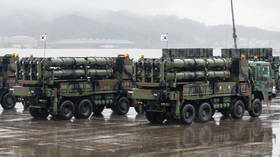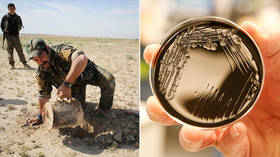Here’s what happens to a car in a nuclear-force blast (VIDEO)
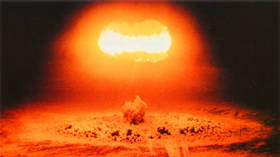
A nuclear strike is the ultimate attack, annihilating all in its path. Yet modern military hardware must be able to survive this force and it turns out Russia has the perfect place to test if its latest gear meets this challenge.
Russia’s Zvezda TV has pulled back the shroud of secrecy over one of the Russian military’s unique test facilities, which helps test modern equipment for its durability in the face of various damages, including a nuclear explosion.
And no, Russia does not conduct secret undetected nuclear blasts just to see if its tanks and howitzers live through them. What the high-security facility creates is a near-perfect modelling of the effects of a nuclear explosion – from the avalanching blast wave to thermal radiation and a blast’s electromagnetic pulse. Apart from that, the military research institute also helps make sure that newly-developed equipment survives things like lightning strikes.
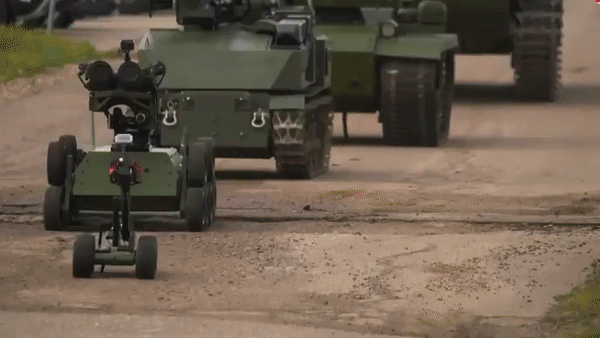
This time, in the limelight is a new ‘family’ of military KUNGAS unmanned ground vehicles that includes five models ranging from a tiny 12-kilo unarmed reconnaissance robot to an armored personnel carrier-sized 13-ton monster, which can vary between carrying troops and a human driver and laying down fire support while controlled by a remote operator.
It was not just the robots that were tested, though, as the specialists at the facility – known as the Russian Defense Ministry’s 12th Central Research Institute – also put the command post that hosts the robots’ operators through some of the trials associated with a nuclear blast impact.
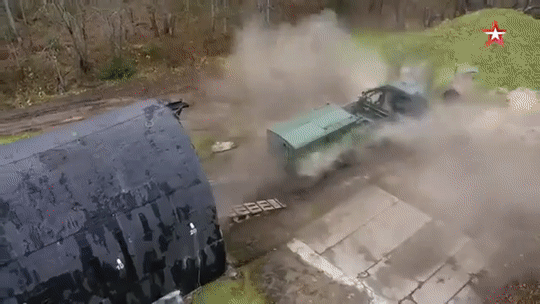
One of the most impressive-looking tests is the one where a blast wave is simulated using a special blast tube, which is almost 113 meters long. An explosive charge at one end of the tube is used to create a focused shockwave rivalling what happens in a nuclear blast, albeit at a distance from the epicenter – but still enough to send a seven-ton Soviet BMD-1 infantry fighting vehicle tumbling like a papier-maché model.
Includes some interesting archive footage of a BMD-1 test from another site pic.twitter.com/I8eV1VepV2
— Joseph Dempsey (@JosephHDempsey) November 10, 2019
Unsurprisingly, civilian vehicles don't fare in the tests very well. In Zvezda’s video, the shockwave was enough to crush a civilian car flat. Yet, the command post, mounted on a truck, can apparently withstand the Armageddon-force blast as it hardly moved an inch despite being right at the receiving end of the tube.
Other tests – not as impressive-looking, but no less important – involve checking if the new remotely-controlled vehicles can endure an electromagnetic pulse and other forms of disturbance. Such pulses could knock out any insufficiently hardened electronics, which could be fatal in the case of robots controlled from afar.
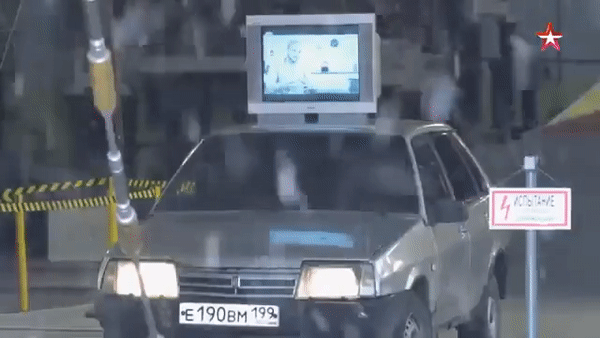
The Russian testing facility might be unique due to the fact that it has more than 50 testing ranges used to check if Russian weapons and equipment are up to almost any challenge. Yet, it is not the only one of its kind in the world – the US, for one, has its own blast tube. Operated by the US Department of Energy's Sandia National Laboratories, the tube can generate different magnitudes of force – just like the Russian one.
Like this story? Share it with a friend!






